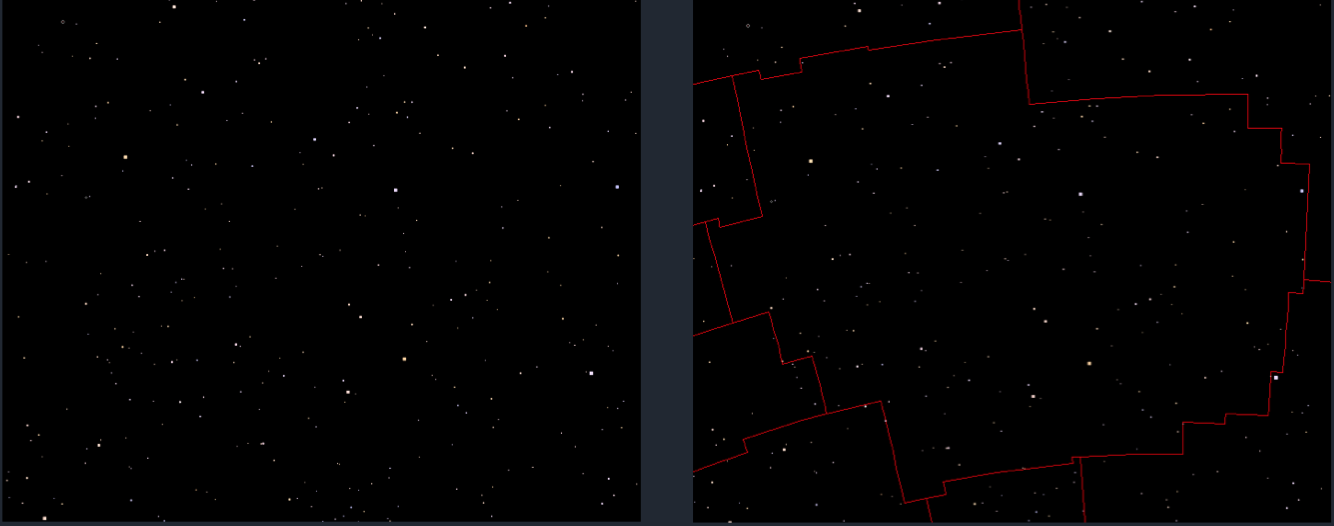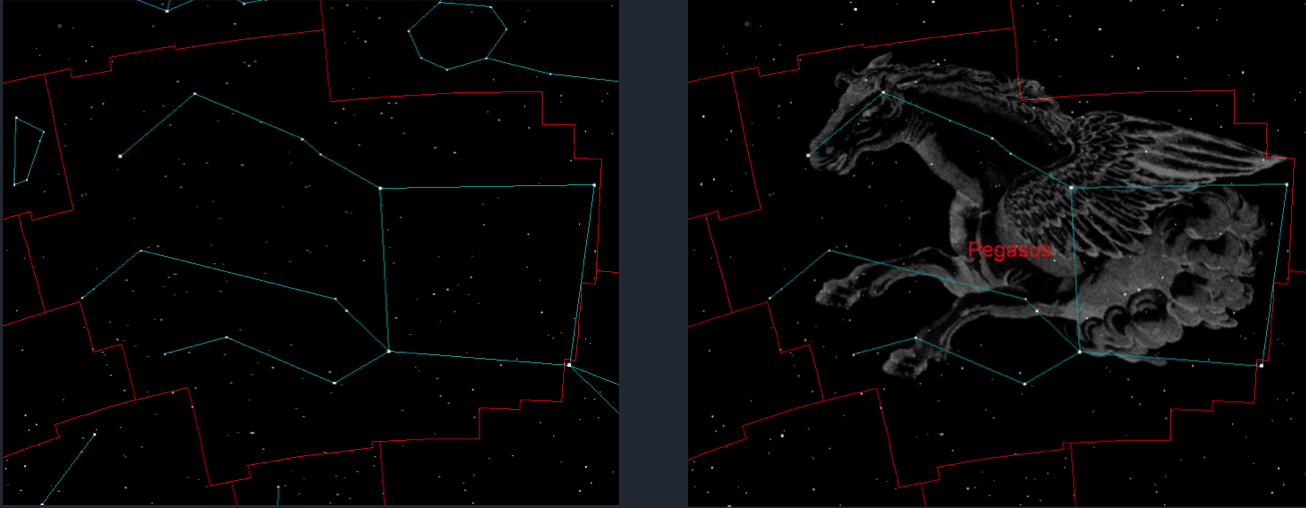 Constellations are areas associated with imaginary figures formed in the sky by several stars, which happen to be close to each other and delimit regions in the celestial vault, as if they were "countries" of the Earth. Legend attributes their invention to Chiron, a wise Centaur, teacher of the Greek heroes. Nowadays, their importance is purely for practical purposes, as they allow us to establish associations to orient ourselves in the sky. The names of the constellations refer to mythological beings or objects.
Constellations are areas associated with imaginary figures formed in the sky by several stars, which happen to be close to each other and delimit regions in the celestial vault, as if they were "countries" of the Earth. Legend attributes their invention to Chiron, a wise Centaur, teacher of the Greek heroes. Nowadays, their importance is purely for practical purposes, as they allow us to establish associations to orient ourselves in the sky. The names of the constellations refer to mythological beings or objects.
Currently, the International Astronomical Union (IAU) recognizes the sky divided into 88 constellations, which considers the 48 that the Greek-Alexandrian Claudius Ptolemy included in his star catalogue of the year 150. These, from the northern hemisphere, were known since prehistoric times or came from the Greek, archaic, Sumerian and Egyptian cultures. The others, especially in the southern hemisphere, were drawn during the last centuries. Due to the advance of the Earth in its annual solar orbit, night occurs under different sectors of the celestial sphere, and every night, the night sky is slightly different from the previous one. Thus, the constellations visible in winter are different from those in summer.
There are 88 official constellations spread across the celestial vault, some of which are only visible in the southern hemisphere, others in the northern hemisphere, and others from both hemispheres. In all of them we can find stars that are brighter than the rest, which determine their main asterism.
The image on the left shows what we can consider a region of heavenThe image on the right shows a constellation, that is, a delimited region of the sky.

Now, the image on the left shows not only the delimited region of the sky (constellation), but its asterism main star, that is, imaginary lines formed by the brightest stars within the constellation. The image on the right shows the associated mythological figure to that asterism.


